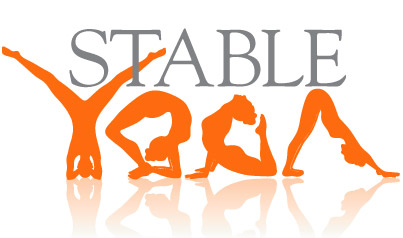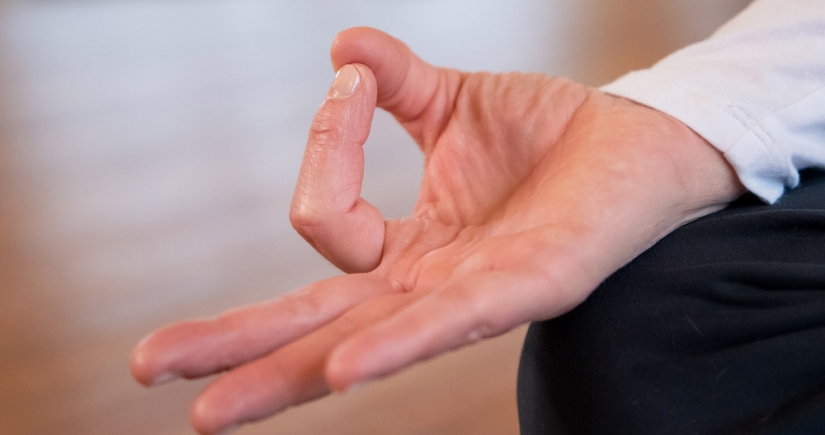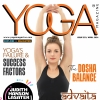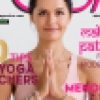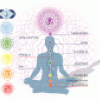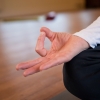- Posted by Lucy
WHAT IS YOGA?
Yoga is a practice and philosophy of life. It is over 5,000 years old and is believed to have spread from Egypt to India - there are Egyptian carvings of people in a crossed-legged, seated position known in yoga as the lotus pose. Most of our information about yoga comes from the Hindu tradition in India. Although yoga arrived in the West in the late 19th century, it was not until the 1960s that it became popular and that popularity has soared in the US and Europe in the last 20-25 years.
The word “yoga” derives from the Sanskrit term for “yoke”. The goal of all forms of yoga is to form a union between the body, mind and spirit, and ultimately a connection with the universe as a whole and with some sense of the Divine – whatever you conceive that to be. There are several kinds of yoga:
- Karma Yoga = the yoga of selfless service and action to benefit others. (Mother Theresa was a Karma Yogi.)
- Bhakti Yoga = the path of devotion through prayer and chanting.
- Jnana Yoga = seeking enlightenment and wisdom through study and teaching of ancient texts.
- Raja Yoga = focus on controlling the mind through meditation.
- Mantra Yoga = union with the “divine” through voice and sound
The kind of yoga most commonly practiced in the West is Hatha Yoga. Hatha yoga is known as the “forceful path” with practitioners seeking enlightenment through mastery of the body. “Ha” means Sun and “Tha” means Moon in Sanskrit, so “Hatha Yoga” refers to the integration and balancing of the opposing elements within ourselves – sun/moon, active/passive, masculine/feminine, hot/cold, yin/yang. People who practise Hatha Yoga learn to use physical postures (“asanas”), breathing (“pranayama”) and relaxation techniques as a way to release both physical and mental tensions, to improve health and self-knowledge.
Under the umbrella of Hatha Yoga there are several styles of teaching (e.g. Kripalu, Astanga, Iyengar, Bikram, Kundalini, etc.) Some may focus on relaxation, others on strength and flexibility and/or precise alignment. It is important to find a type of yoga that feels right for you – that makes you feel encouraged and safe.
A typical yoga session begins with a short centering meditation. A time to check in with how you feel and what your body needs, noticing any sensations or areas to which you need to pay particular attention. This sets the focus to begin the physical practice of postures/asanas. Each posture is followed by a counter-pose: if you bend backwards or sideways, the next pose will curve the spine forwards. This keeps all the parts of the body equally strong and flexible.
Yoga is sometimes referred to as “meditation in motion” because of the importance of coordinating your breath with movement. The quality of your breath is a vital aspect: when you find yourself physically uncomfortable or mentally distracted, your ability to breathe smoothly and fully will be compromised. Careful attention to the breath can help you relax into the moment and let go of any physical or emotional struggles.
The session ends with a period of relaxation, which gives your body the chance to absorb some of the benefits of the practice: strengthening and stretching, balancing your energy levels, calming and centering the mind and spirit. Yoga is a holistic approach to health that works on you from the inside out: in addition to improved posture and musculature, the poses are designed to tone your internal organs, providing them with fresh blood and oxygen. Each posture has its own set of benefits, so regular practice can cleanse and tone your entire body, bringing increased vigour and strength as well as greater flexibility. Put simply, yoga offers the chance to “inhabit your body better”. With time it can also improve your concentration, and relax and calm the nervous system, decreasing stress and anxiety and boosting your immune system.
However, please allow yourself to do what feels good for you, remembering that every time you practice yoga your body will feel and respond slightly differently. If anything affects your ability to breathe smoothly through the nose or feels in any way intolerable, come out of the posture and stretch. Be gentle with yourself by accepting how and where you are with a posture – try to observe without judgment. Finally, please ask questions at any time; chances are we will all be learning from what you have to say.
Lucy Makin – Sept ‘06
